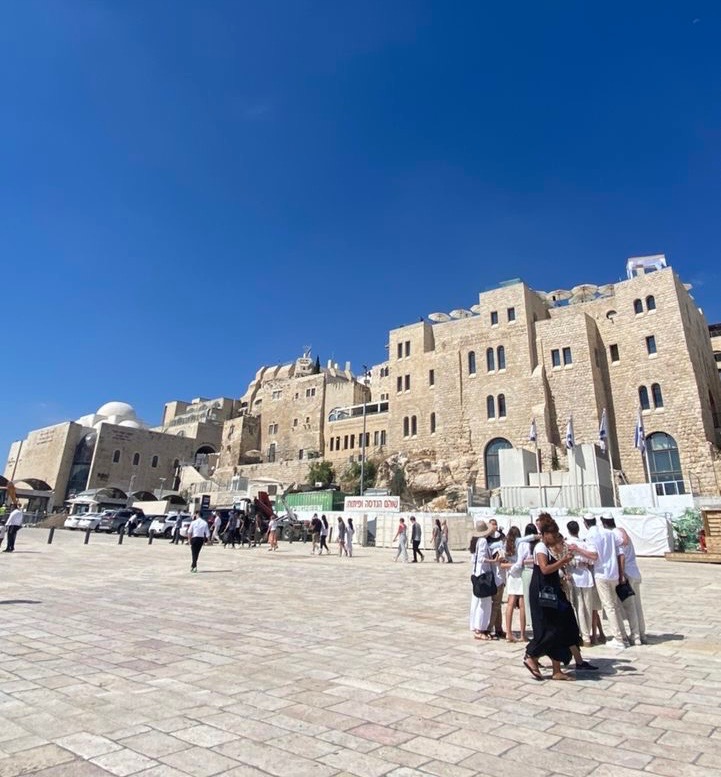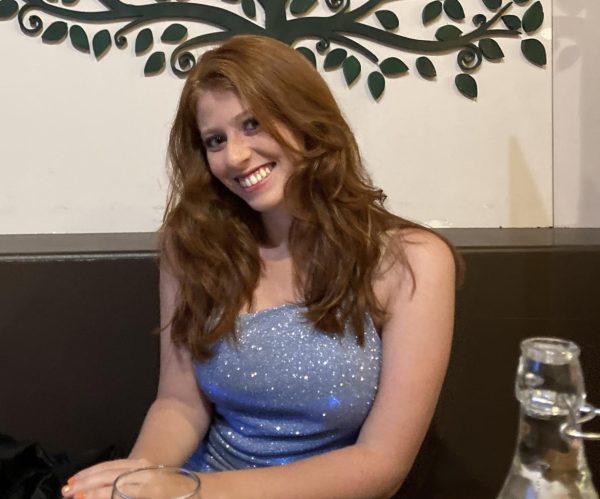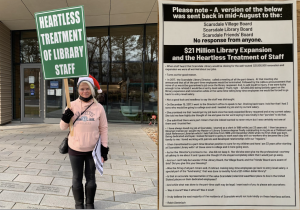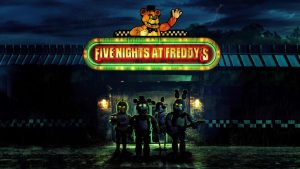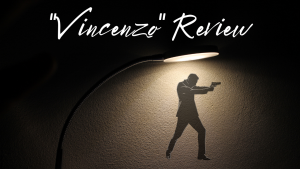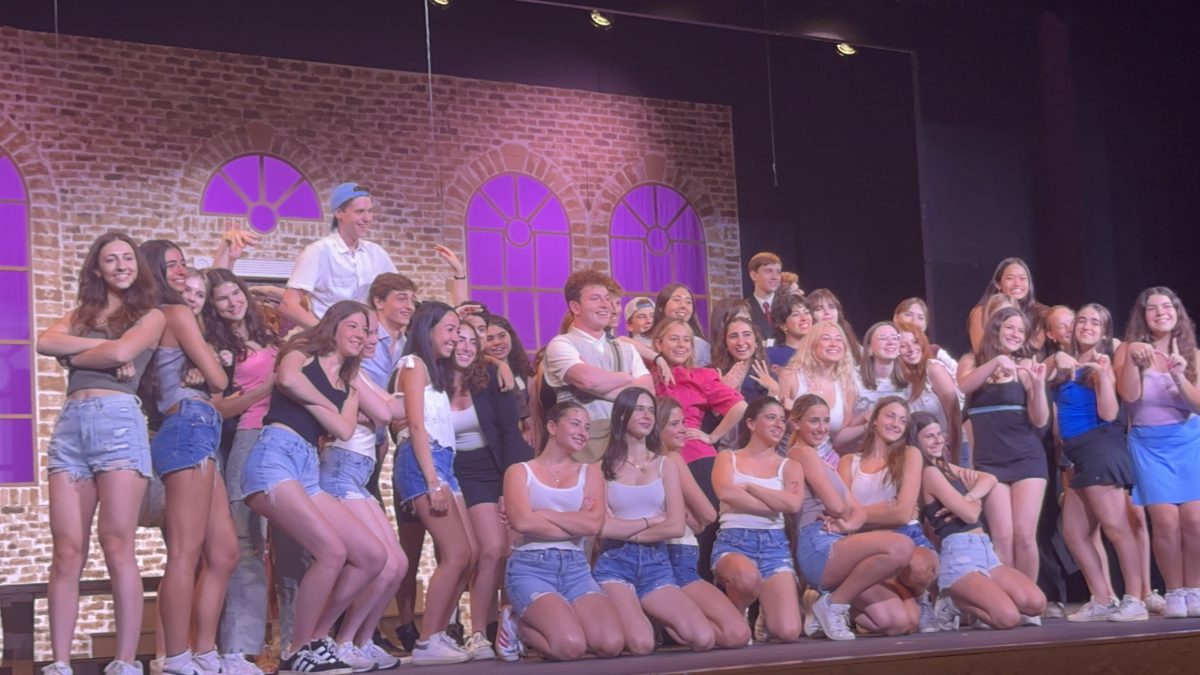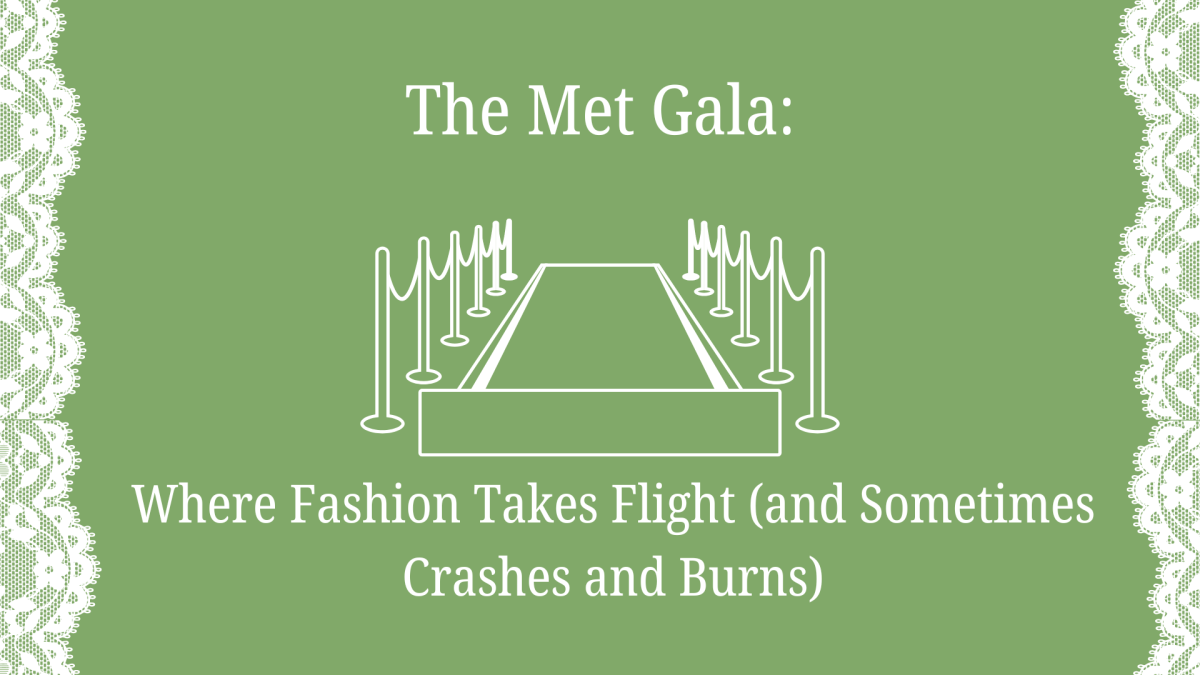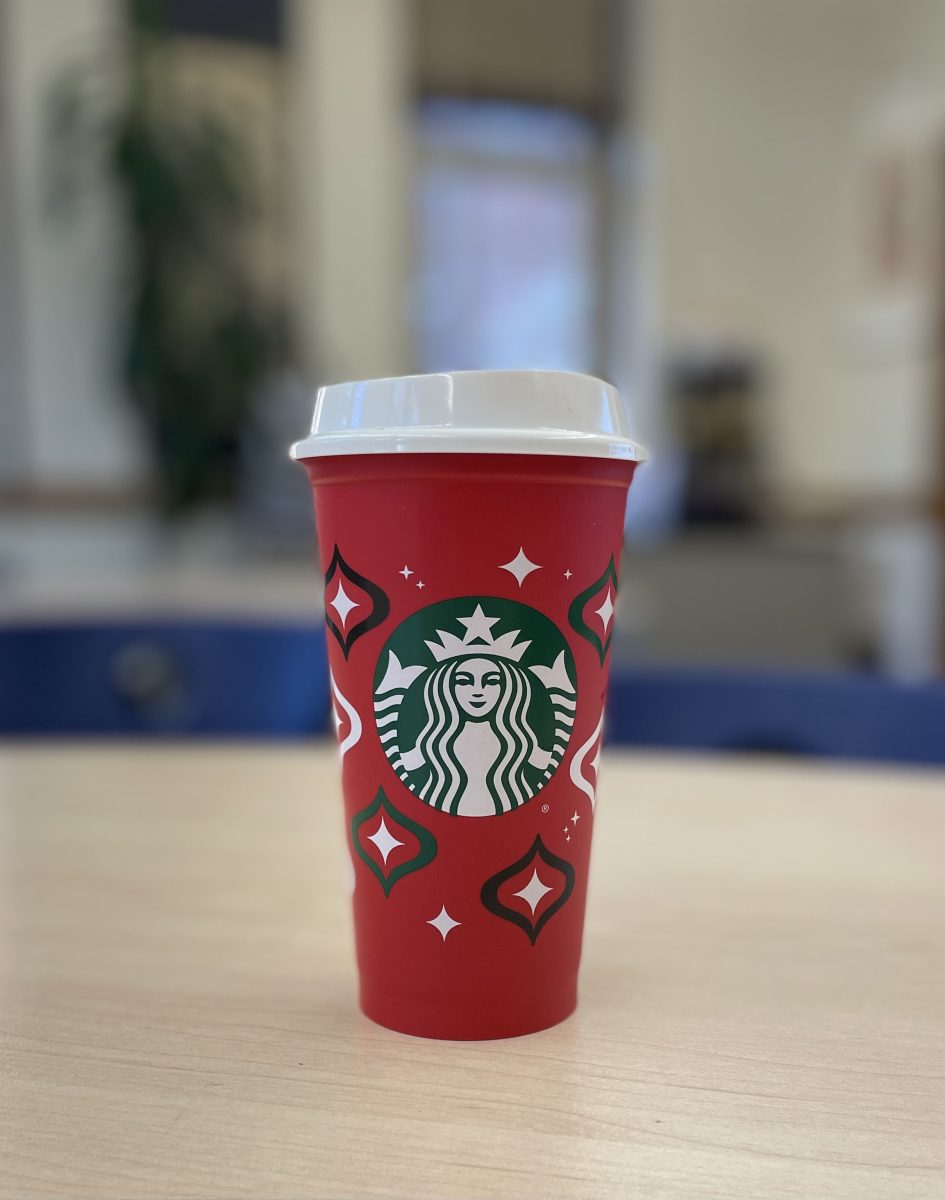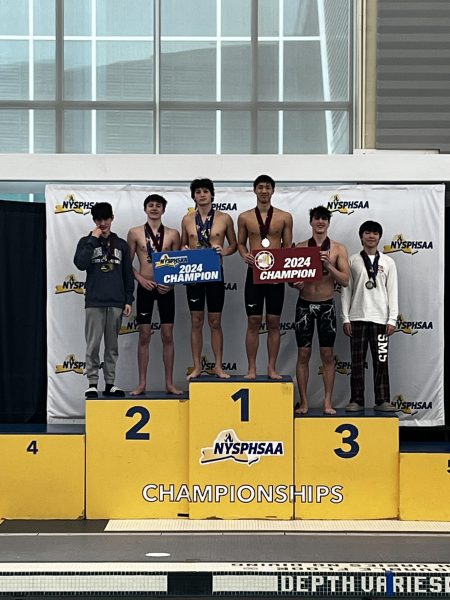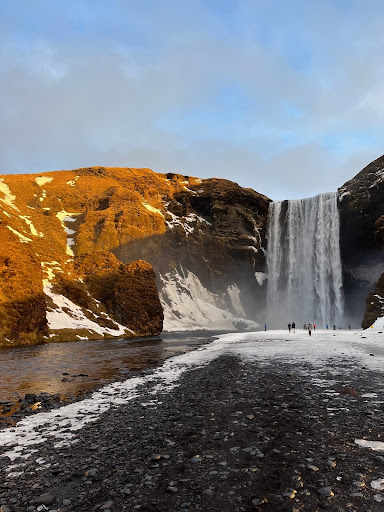Guide to a Trip to Israel
September 21, 2022
When Scarsdale students think of summer, spending time with their friends and family usually comes to mind. Perhaps they go to the beach, or on a family vacation. However, it is uncommon for one to choose a historically religious site for their summer trip.
For most Jewish people, it is a lifelong goal to go to Israel. Many Jewish people live with the philosophy that “Every Jewish person should go to Israel.” However, Israel is not only home to Jewish people. There is something for everyone. Anyone can enjoy the beautiful land and appreciate the architecture, history, different religions, cuisine, and cultures. At a young age, I began Hebrew School; every year, my teachers would mention this seemingly holy yet distant place called Israel. My peers and I learned that Jerusalem was the Jewish capital, or the “possession of peace.” Most synagogues are faced in the direction of Jerusalem, and the country is mentioned numerous times in prayers.
My parents had planned the trip for 2020, but in the wake of COVID, we had to postpone the trip to 2022. We began the trip in Tel Aviv: Miami on the Mediterranean. The first thing that stood out to me was how friendly everyone was and how delicious the food was. When we went to dinner on the first night, there were about fifteen different chefs that were serving food, and it was a humongous buffet. The room smelled of hummus, fish, falafel, eggplant, juice, and more. As I walked around the room and asked for food, the servers were extremely friendly and made me feel like I belonged in their community.
On the first full day of the trip, we went to the Bullet Factory, an amazing underground area where young Israelites would secretly make bullets during the 1948 War of Independence. The Bullet Factory was disguised as a kibbutz (see definitions below article) with a laundry room and bakery on top of the entrances. Everything was carefully thought out; the detergent in the laundry room would hide the smell of the bullets, and the sound of the oven would block out the noise from the machines that made the bullets. We then went to the Ben-Gurion house, home of the late former Prime Minister of Israel, David Ben-Gurion.
The next day we spent half of the time in Tel Aviv, and the second half traveling to Haifa, another famous Israeli city. We went to the fantastic Israeli Museum at the Yitzhak Rabin Center. Rabin was another Prime Minister of Israel, famous for his time as a soldier, who changed his ways to negotiate peace with the Palestinians. He was later awarded the Nobel Peace Prize in 1994 before his assassination in 1995. The museum stood out to me because it not only spoke about the choices Rabin made that benefitted Israel, but it also mentioned how they fit in with other events occurring in America and other countries. Our day ended in ancient Caesarea, where there were ruins of Roman and Crusader villages.
In northern Israel, we visited underwater grottoes and Acre, an Ancient Crusader city. Dirt covered abandoned villages after thousands of years. As a result, the ruins of the city we visited were coincidentally built on top of the old villages. Finally, we visited Safed, also known in Hebrew as Tzfat. Safed is a beautiful city that is built near the Sea of Galilee. A difference that I noticed between Haifa and Tel Aviv is that Tel Aviv had more teenagers, and the city seemed more alive.
We, of course, had to visit Katzrin, the capital of the Golan Heights. The Golan Heights is a region that was taken over by Israel from Syria in the Six-Day War of 1967. Wine is an important symbol of the Jewish religion, so it is essential that Israel has its famous Golan Heights Winery. We visited the factory and watched as the machines on the assembly line poured wine into the barrels. The final activity of the day was going inside a hidden Syrian army bunker made out of concrete.
Finally, onto Jerusalem: the Jewish capital. The most memorable sites that we saw, in my opinion, were Yad Vashem, the Light Show, the Western Wall, the shuks, and the Dead Sea. Yad Vashem is a famous Holocaust Museum that was especially important, being that my maternal great-grandparents were Holocaust survivors. The Light Show was gorgeous; it showed a cartoon of important moments in the Torah. The Western Wall is a holy place for Jews to pray, and shuks are markets. We also toured nearby Masada, an ancient fort in Southern Israel, and the Dead Sea. The Dead Sea is known as the lowest point on Earth and has such a high salt concentration that those who swim in it float.
If I could sum up my trip to Israel in one sentence, I would say this: the energy, sense of belonging, and community are unmatched. If you are young and unsure if you should go to Israel, remember that it is not close, and life has a tendency to get in the way. It took my family two years to get to Israel. Everyone should experience this magical place.
Kibbutz: small communal living area based on agriculture
Ancient Caesarea: ancient city on the coast of Israel
Crusader: soldier during the religious wars known as the Crusades

